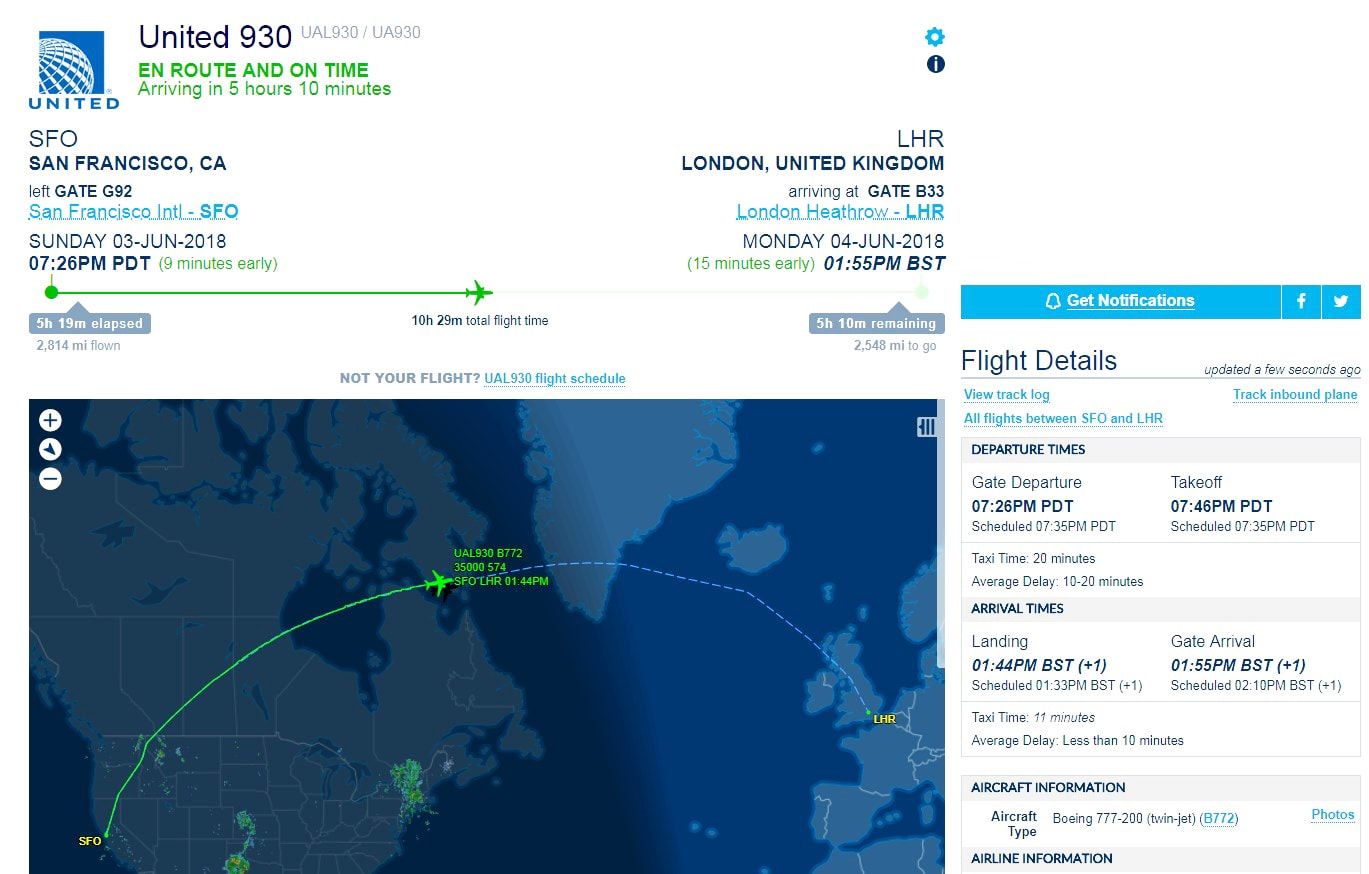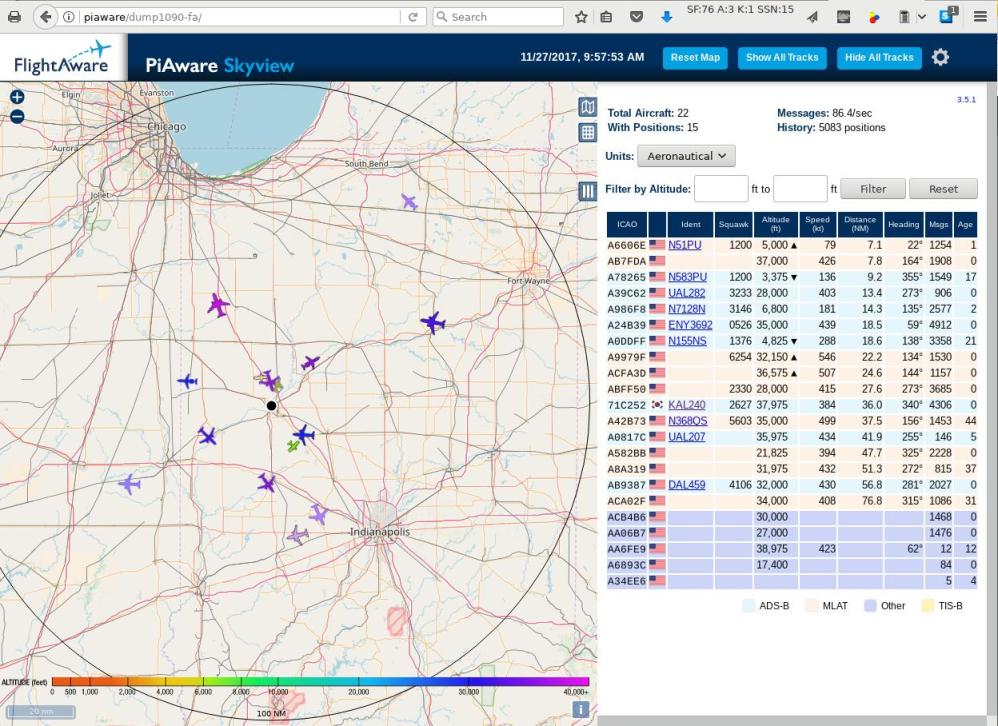

Since the radio waves leaving the radar array are at a fixed frequency, the speed of the object in flight can be calculated by grading the returning frequency against the leaving frequency.
Instead, it relies on the Doppler effect, which states that the waves of an object moving toward you will come at a higher frequency than ones moving away. Doppler radar allows a radar receiver to detect the speed of an aircraft without having to wait for two pulses of a radar relay – very useful for fast moving aircraft or missiles. It wasn’t until near the end of WWII that the next big break through in flight tracking came: Doppler radar. Fun fact, this is where the idea of eating carrots to help with your eyesight comes from: a military cover up. They even attributed it to the diets of their gunners – heavy on carrots with that eye-boosting beta carotene. Radar was such a state secret, that the British went to great lengths to hide why their anti-aircraft guns were so successful. The use of radar as opposed to traditional searchlights greatly increased the accuracy of enemy aircraft detection, and helped the British to down many more enemy aircraft than before. Radar first came into prominence in aircraft detection during WWII, where the British used it to detect incoming Luftwaffe fighters during the Battle of Britain. Over the next several decades, militaries around the world looked to the capabilities of radar to detect enemy movements. Hulsmeyer took this a step further by using the echoes of radio waves to detect ships and prevent collisions. Hertz discovered that radio waves would reflect off of metallic surfaces, while Marconi noted that a beam of radio waves could be reflected back to its origin. Radar was first invented in the late 1800s through a combination of radio wave and electromagnetic experiments by scientists such as Heinrich Hertz, Guglielmo Marconi, and Christian Hulsmeyer.

This is significantly different than a technology like ADS-B, where aircraft broadcast their location to listening receivers. The movement of the object is detected by the continuing pulses of radio waves that hit the object. When the scattered radio wave hits a receiver, that data is then interpreted as an object detected. Radar, short for Radio Detecting and Ranging, bounces radio waves outwards, which become scattered when they hit an object. Whereas ADS-B is based upon signals broadcast by the aircraft, radar is based around radio waves that are emitted by stationary arrays. In fact, the first method of flight tracking, called radar, was significantly different than ADS-B, used by Flightradar24. In the past, however, this wasn’t always the case.
It’s free, used by nearly every commercial aircraft, and accessible to billions of people worldwide. Today, ADS-B is the dominant technology in handling flight tracking. These updates are then plotted in real-time on a map, allowing you to easily see the movement of your flight anywhere around the world.įlight Tracking is readily available on any computer, tablet, or smartphone – allowing you to easily track your loved one’s flight, letting you know exactly when they land safely.
#Airplane tracker free
This signal is then interpreted by a free application, such as Flightradar24, that provides real-time updates on departure, arrival, and location of commercial planes. Flight Tracking today is handled by a technology called ADS-B that, in a nutshell, relays a signal from the aircraft to GPS satellites and remote receivers around the world.


 0 kommentar(er)
0 kommentar(er)
